The humble microwave oven, often relegated to reheating leftovers or popping popcorn, holds an unexpected culinary superpower: resurrecting frozen rice with near-magical results. This kitchen alchemy transforms hardened, icy grains back into fluffy perfection—if you know the secrets of moisture control and thermal distribution.
Rice suffers uniquely in the freezer. Unlike bread or pasta, its cellular structure undergoes dramatic changes during freezing. Ice crystals rupture starch molecules, leaving thawed rice with a dry, crumbly texture that seems beyond salvation. Most reheating methods fail spectacularly; the microwave’s reputation for drying out food appears doubly true here. Yet counterintuitively, this very appliance becomes rice’s best ally when wielded with precision.
The science behind rice’s freezer trauma explains why standard reheating fails. Amylose and amylopectin—rice’s starch components—recrystallize during freezing in a process called retrogradation. This molecular rearrangement squeezes out moisture, creating that characteristic dryness. Microwaves typically exacerbate the problem by unevenly heating while further dehydrating food. But when we manipulate steam generation and heat distribution, we essentially trick the starch molecules into reabsorbing water.
Professional kitchens have quietly used this technique for years, especially in sushi restaurants that prep rice in advance. The key lies in recreating the rice cooker environment—steam plus gentle, even heat—using items already in your kitchen. A microwave-safe bowl, damp paper towel, and about three minutes can achieve what seems impossible. The moisture from the towel permeates the rice while microwaves agitate water molecules within each grain, effectively "massaging" the starches back into tenderness.
Not all rice varieties respond equally though. Short-grain Japanese rice revives remarkably well due to its higher amylopectin content, while basmati requires more careful handling. Brown rice presents additional challenges with its fibrous bran layer acting as a moisture barrier. The reheating technique must adapt: more water for long-grain varieties, shorter bursts for delicate jasmine, and always resting time to allow complete moisture absorption.
The container choice dramatically impacts results. Glass or ceramic bowls with loose-fitting lids outperform plastic containers every time. The material influences how microwaves interact with food—glass allows deeper penetration while preventing the "hot container, cold center" phenomenon. Shape matters too; shallow, wide vessels expose more rice surface to steam compared to deep bowls where bottom layers turn mushy under trapped moisture.
Timing proves surprisingly flexible. Unlike precise baking recipes, rice revival accommodates your microwave’s wattage through observation. The visual cue comes when steam forms droplets on your covering lid—that’s the signal to pause and stir. This break in heating allows temperature equalization, preventing those frustrating cold spots while giving moisture time to redistribute. Two to three cycles usually suffice, with final fluffing separating grains that may have clumped during freezing.
Unexpected bonus applications emerge from mastering this technique. Previously frozen rice actually makes superior fried rice, as the drier initial texture prevents mushiness when stir-fried. Meal preppers can now freeze rice in single-serving portions without quality loss. Even restaurant-level dishes like risotto or rice pudding become make-ahead friendly when you know how to properly reanimate the base ingredient.
This method upends conventional freezer wisdom too. Where food safety guidelines typically warn against refreezing thawed items, properly reheated rice maintains its integrity through multiple freeze-thaw cycles when handled correctly. The microwave’s speed becomes an asset here—quick reheating minimizes time in the temperature danger zone where bacteria multiply.
Beyond practicality, there’s something quietly profound about restoring food to its former glory. In our era of rampant food waste, learning to perfectly revive frozen rice feels like a small act of defiance against disposability culture. That takeout container of forgotten rice in your freezer? It’s not doomed to become fried rice filler or, worse, trash. With the right technique, it can return to the table as itself—steaming, tender, and ready for whatever accompaniment you choose.
The microwave, so often maligned as the destroyer of textures, reveals its redemptive power here. In two to three minutes, it accomplishes what seems like culinary time reversal. Frozen rice emerges not just edible, but genuinely enjoyable—perhaps even more so knowing you’ve worked some everyday magic with a machine we too often take for granted.
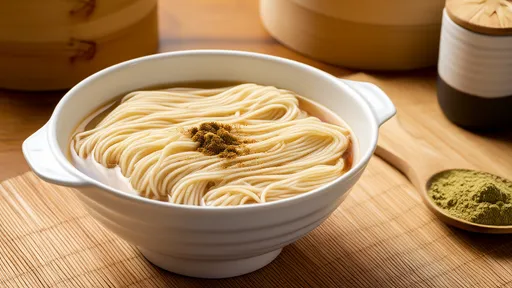
By /Jul 24, 2025
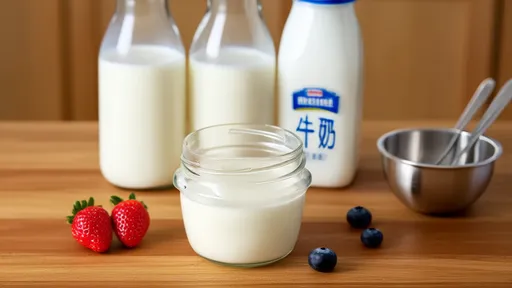
By /Jul 24, 2025
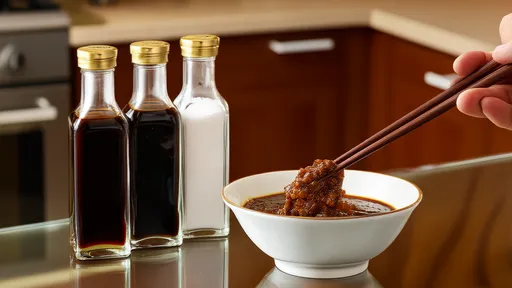
By /Jul 24, 2025
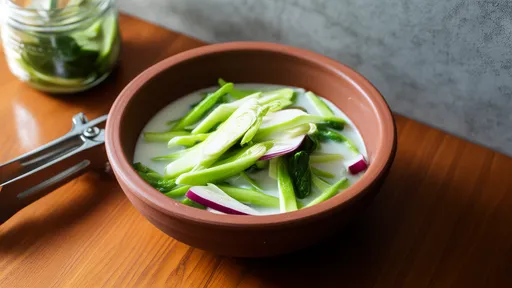
By /Jul 24, 2025
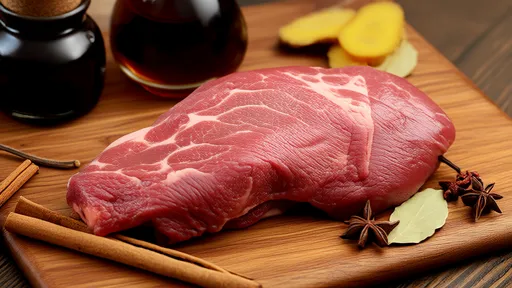
By /Jul 24, 2025

By /Jul 24, 2025

By /Jul 24, 2025
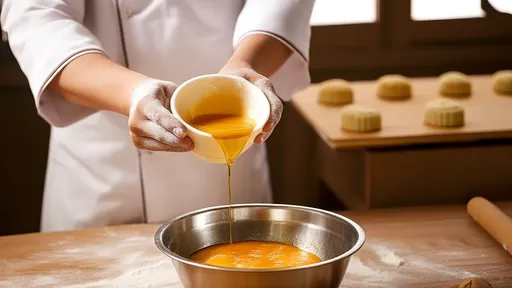
By /Jul 24, 2025
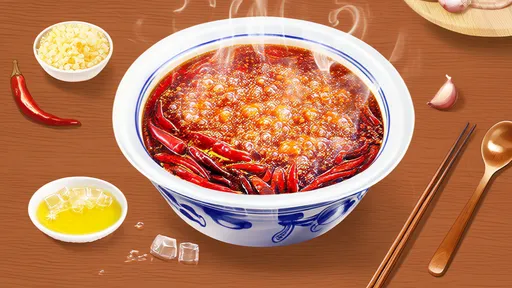
By /Jul 24, 2025
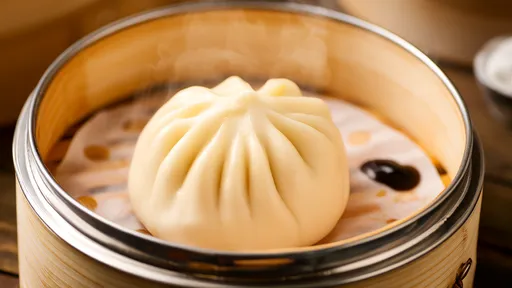
By /Jul 24, 2025

By /Jul 24, 2025

By /Jul 24, 2025
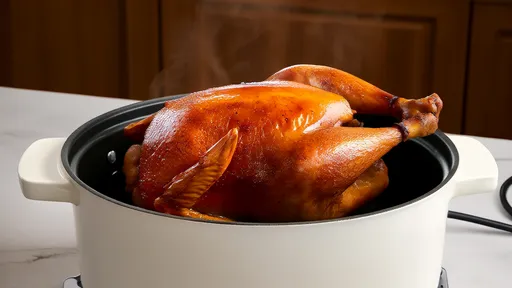
By /Jul 24, 2025
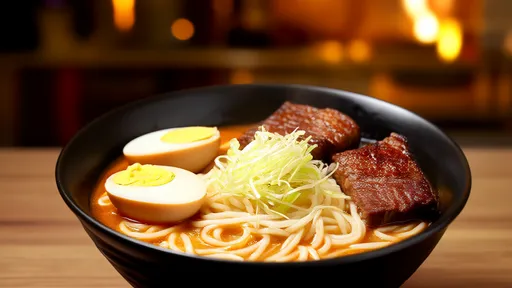
By /Jul 24, 2025
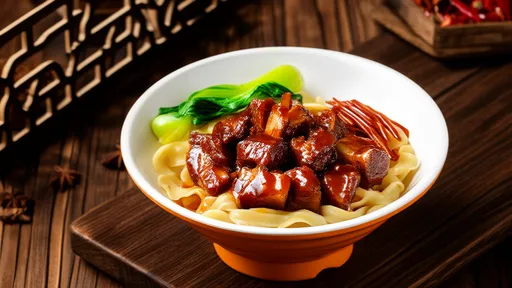
By /Jul 24, 2025
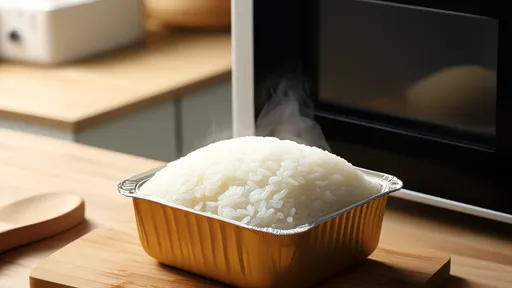
By /Jul 24, 2025
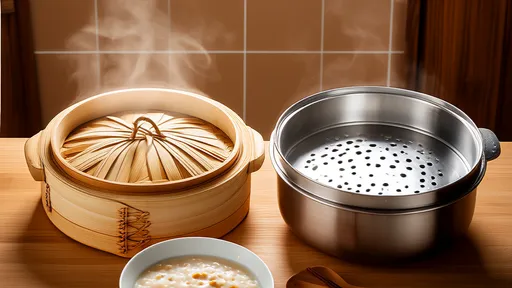
By /Jul 24, 2025
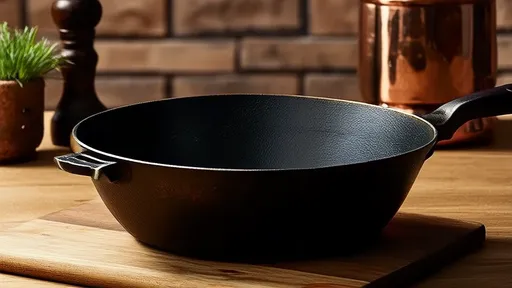
By /Jul 24, 2025